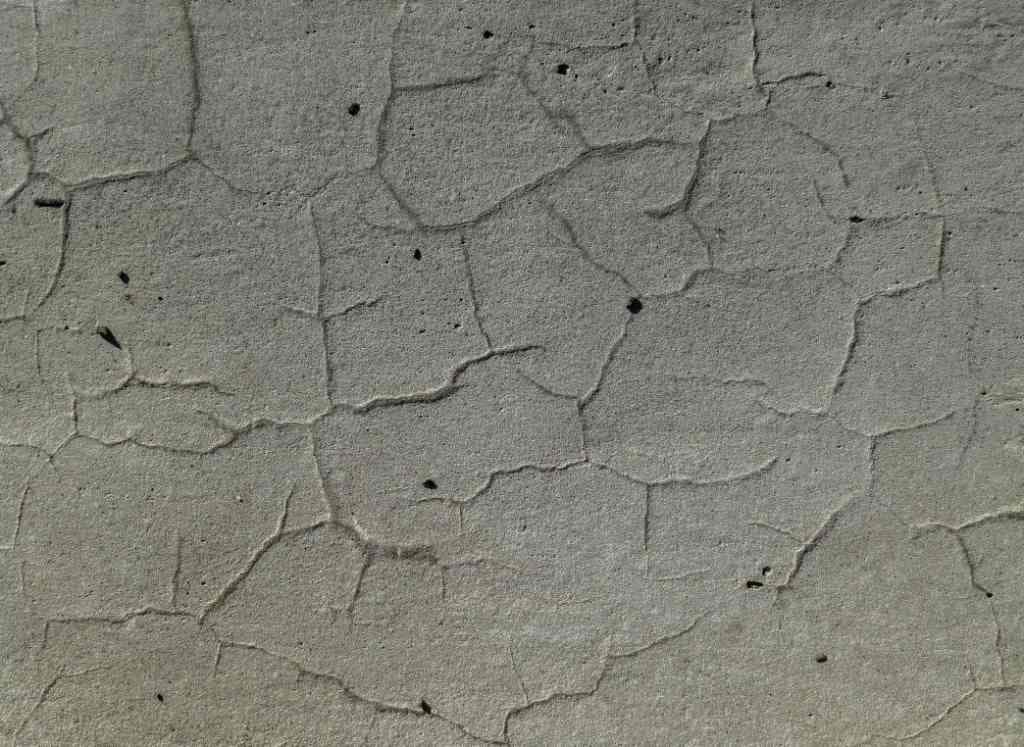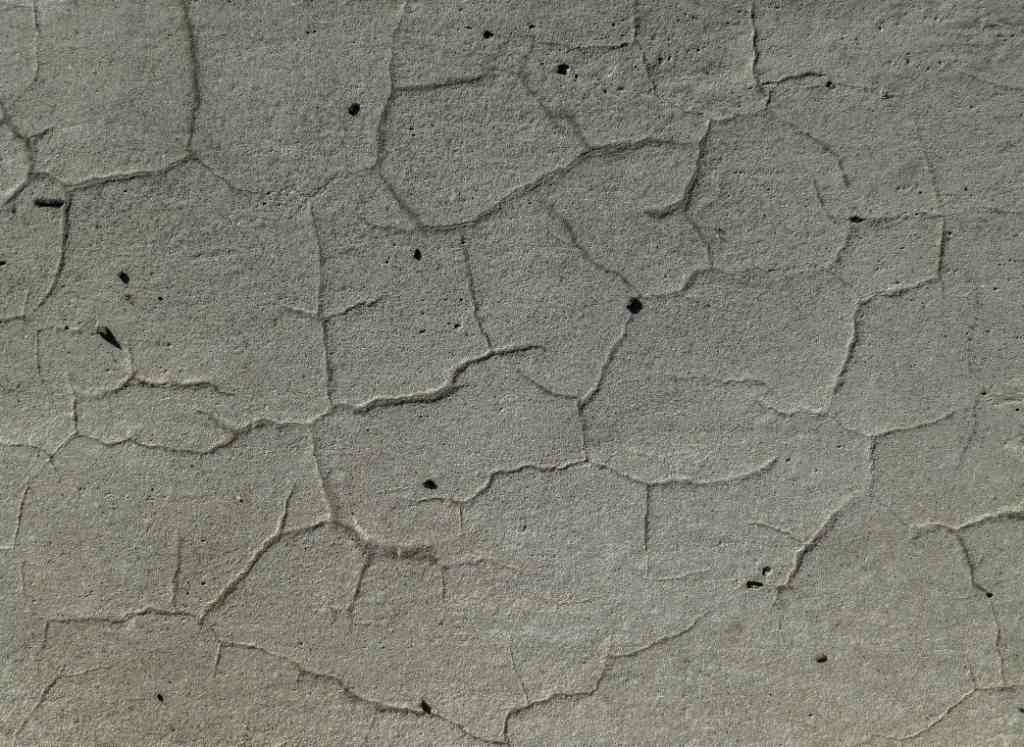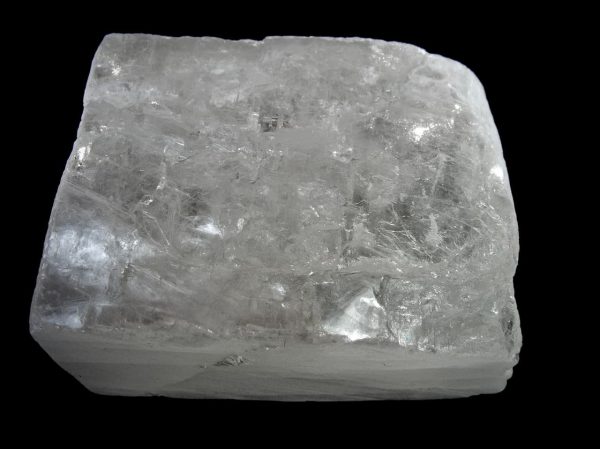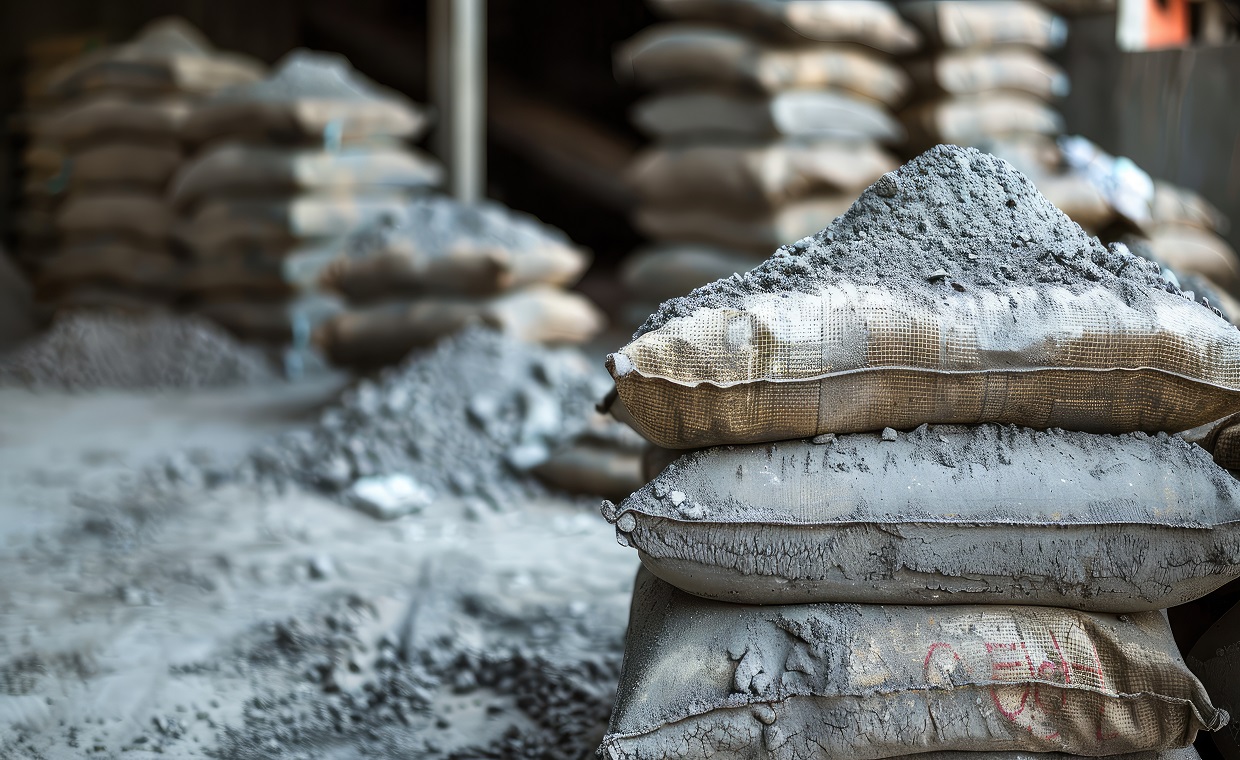
Cement is an essential construction material. It is a significant constituent for concrete, mortar, plaster, etc. Before using cement to make concrete, it is necessary to check whether the cement is of good quality or not. Soundness of cement is one such property, which should be check before construction. Otherwise, the concrete may develop cracks, and its durability will also decrease. Here we have given brief information on the soundness of cement.

Soundness of Cement
The various properties of cement mainly influence the properties of hardened concrete or mortar. Generally, once the concrete or mortar gets hardened, they do not go under expansion or contraction. i.e. the volume of concrete or mortar does not change, once they are set.
Soundness of cement refers to the ability of cement to retain its volume after it has hardened. After the drying of cement mortar or concrete, it should not undergo any appreciable change in volume. If there is a change in the volume, it will cause the cement to expand or contract. Therefore, there are chances of development of cracks. Such cement is called unsound cement. Unsound cement can cause severe troubles to the durability of structures when such cement is used. Sound cement never goes under any volume changes once it sets and there is no expansion or contraction after hardening.
Causes of Unsoundness of Cement
01. Excess Lime
Soundness of cement is affected by the presence of excess lime (CaO) in the cement. This excess lime hydrates very slowly and forms slaked lime that occupies a larger volume than the original free calcium oxide. The slow hydration process, therefore, affects the properties of hardened concrete. The difference in the rate of hydration of free lime and slaked lime leads to change in volume of hardened concrete. The cement which exhibits this type of volume changes is described as unsound cement. Therefore, a limit has been set in the ordinary Portland cement regarding the presence of free lime & magnesia in cement content.
02. Excess Magnesia
Cement can also be unsound due to the presence of magnesium oxide (MgO), which reacts with water in a manner similar to the lime and affects the rate of hydration.
03. Inadequate Burning
During the manufacturing process of cement, raw materials are fed into the kiln. Various raw materials like lime (Cao) and some acidic oxide get mixed inside the kiln. If burning and cooling processes are not done satisfactorily, then excess lime will remain in a free condition. Hence, again it will lead to the unsound cement.
Also Read: Dry Process for Manufacturing of Cement
04. Excess Calcium Sulphate
The third compound liable to cause expansion is calcium sulphate (CaSo4). Gypsum is added to cement clinker to prevent flash setting of cement. But if gypsum is present in an excess amount it will react with C3A during setting and forms calcium sulfoaluminate. This sulfoaluminate leads to the expansion in hardened concrete. For this reason, the standards limit very strictly the amount of gypsum that can be added to clinker. The limits are decided such that the soundness of cement is maintained and it does not become unsound.

Image Courtesy – Pixfeeds
Before using cement in construction, the soundness of cement must be checked. In Indian standards, Le Chatelier apparatus test is given, which is used to determine the soundness of cement. The manufacturers of cement must also do the quality control, so as to produce sound cement. Using unsound cement for constructing your house, the setting time of cement may be increased. In such case, if formwork is removed early, it may lead to formation of cracks in near future. Thus soundness of cement must be checked before using it in making concrete.
Also Read:
How do I Check the Quality of Cement at Site?
15+ Types of Cement Used in Modern Construction
Things to Keep in Mind Before Purchasing Cement
For How Long Period Cement can be Used? (From Date of Manufacture)
































